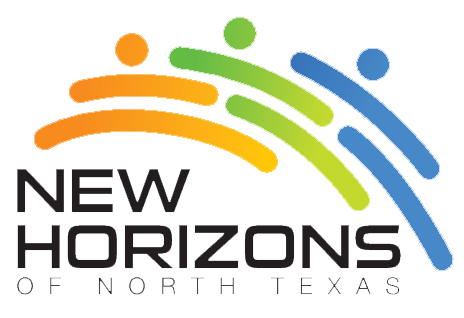New Horizons of North Texas has the following goals for every student enrolled in the program:
- Consistent attendance in school and the program. Present at least 85% of the time.
- Growth in all academic areas:
- Improvement in reading
- Improvement in writing
- Improvement in math
- Improvement in other subjects
- Growth in social-emotional areas:
- Improved social skills
- Improved behaviors in class and at home
- Demonstrated empathy
- Demonstrated self-awareness
- Demonstrated responsibility and accountability
- Growth in faith areas:
- Demonstrated hope
- Increased love for others
- Active in faith practices in emotional circumstances:
- Prayer
- Reading
WE EVALUATE OUR IMPACT THROUGH THE FOLLOWING MEASURES:
By implementing this comprehensive evaluation strategy, New Horizons of North Texas can gather meaningful data to demonstrate the effectiveness of its programs, improve its services, and make a positive and lasting impact on the lives of the youth it serves.
- Quantitative Metrics: Quantitative metrics will track program outcomes and impact: academic performance indicators (e.g., grade improvements, test scores), attendance rates, participant retention, and the number of students engaged in STEM activities.
- Qualitative Data Collection: Qualitative methods such as surveys, focus groups, and interviews will gather feedback from program participants, parents, teachers, and community stakeholders. Qualitative data can provide valuable insights into the perceived effectiveness and strengths of our programs.
- Pre- and Post-Program Assessments: Assessments will measure the change in participants’ knowledge, skills, and attitudes. This approach allows for the evaluation of individual progress and program impact over time.
- Reporting and Communication: Comprehensive evaluation reports that allow us to share findings with program staff, board members, donors, and other stakeholders, and are used to inform program decisions and resource allocation.

